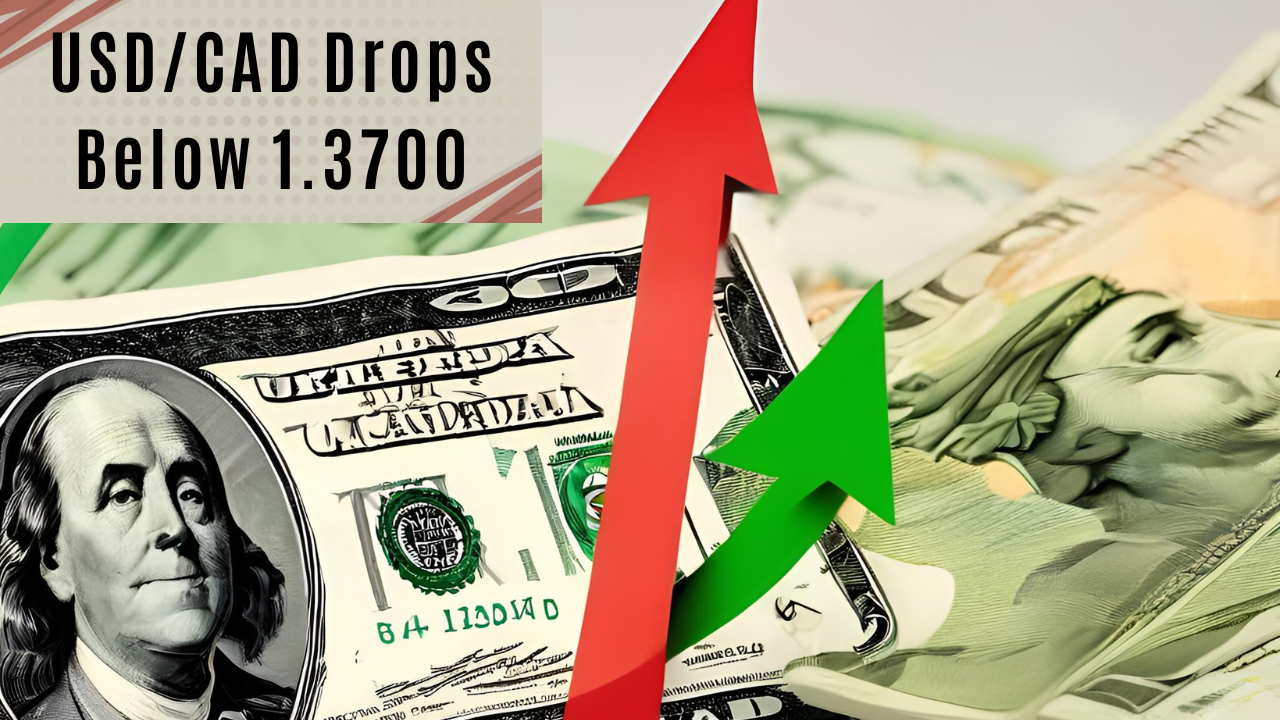
For the first time since October 2024, the USD/CAD pair fell under the 1.3700 line on Monday, continuing its downward trajectory.
The action is a result of persistent selling pressure on the US dollar, which has been declining for a reason of consecutive sessions.
Growing worries over US fiscal policy and rising predictions of an interest rate reduction by the Federal Reserve caused the US Dollar Index (DXY) to drop to a single-month low.
The national imbalance is expected to increase by $4 trillion over the ten years that follow due to a significant tax cut and spending measure that President Trump supports.
Investor trust in the currency is eroding as a result of this growing debt load.
The burden was exacerbated by recent worse-than-expected US inflation data.
Inflation in prices remained slowed down, according to both the Producer Price Index (PPI) and the Consumer Price Index (CPI). It increased the possibility of further rate cuts in late 2025.
Lower interest rates make the US dollar less appealing, which results in wider depreciation.
Canadian Dollar Gains Strength from Inflation Surprise
The Canadian dollar is enduring while the US dollar falters. Predictions of a June rate drop by the Bank of Canada (BoC) have been delayed .
In response to Canada’s hotter-than-expected underlying inflation data last week. This is giving the loonie a lot of support.
Despite a little intraday decline in crude oil prices, the CAD momentum was not deterred. The Canadian dollar typically responds to such price fluctuations because of its strong correlation with oil.
As a result of Canada’s energy exports. However, for the time being, reliable domestic data has been prioritized.
In the future, traders are going to be keeping an eye on US economic data and any new Federal Reserve signals.
The USD/CAD exchange rate may decline more if the US dollar continues to be pressured and Canadian data remains stable.









